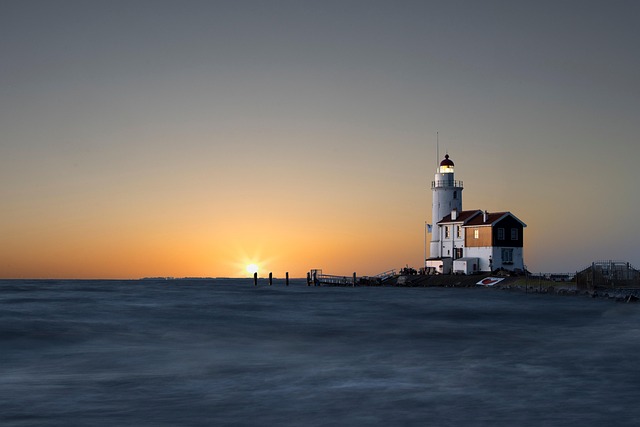Capturing the Beauty: A Guide to Photographing Lighthouses with Camera Optics
There’s something enchanting about lighthouses — standing tall against the endless sky, their beams cutting through the mist, guiding sailors to safety. For photographers passionate about lighting and the play of natural and artificial illumination, lighthouses offer a unique subject that embodies both. With the right approach to photo composition and an understanding of your camera’s optics, you can capture their timeless beauty in breathtaking ways.
Understanding Your Camera and Optics
When it comes to photographing a lighthouse, knowing your camera settings and optics is key. The contrast between the bright beacon and its often shadowed surroundings requires a camera capable of handling dynamic range. Using lenses with good optical quality ensures sharpness, especially when capturing details like the textures of the stone tower or the glow of the light.
A prime lens with a moderate focal length — say between 35mm and 85mm — can give you versatility, allowing close-ups and wide environmental shots. Wide-angle lenses work well for encompassing the lighthouse within its dramatic coastal landscape, while telephoto lenses can pull in distant details, such as the beam sliced against the night sky.
Playing with Light and Composition
The essence of lighthouse photography is lighting. Shoot during the “golden hour,” just after sunrise or before sunset, to bathe the lighthouse in warm, soft light. This natural lighting enhances the mood and creates an inviting atmosphere. Long exposures come alive at night, capturing the graceful sweep of the lighthouse beam as it rotates.
Experiment with composition to tell a story. Include elements like crashing waves, dramatic clouds, or weathered rocks to convey the lighthouse’s environment and its role as a steadfast guardian. Don’t hesitate to frame the lighthouse off-center using the rule of thirds to create visual interest and a sense of scale.
Techniques for Sharper, More Expressive Photos
- Use a tripod: For long exposures or low light, steady your camera to avoid blur and capture crisp details of the lighthouse and its surroundings.
- Manual focus: Autofocus can struggle in dim or foggy settings. Manual focus allows you to lock in the lighthouse’s details precisely.
- Experiment with aperture: A smaller aperture (higher f-number) increases depth of field, keeping the lighthouse and background sharp. A wider aperture can create soft backgrounds, isolating the subject.
- Filters: Neutral density or polarizing filters can help manage glare, balance exposure, and enhance the overall mood of your images.
Beyond the Camera: Capturing the Spirit
Photographing a lighthouse is as much about capturing its spirit as its silhouette. These structures symbolize hope, safety, and solitude against the vastness of the sea. When shooting, immerse yourself in the atmosphere: listen to the waves, feel the ocean breeze, and wait for the perfect interplay of light. Let your lens tell the story of resilience and guidance that every lighthouse represents.
Embrace the challenge, and with practice, your photography will transform these luminous sentinels into powerful images that resonate long after you’ve hung up your camera.




